Comparison of Different RTD Types : PT100 Vs PT1000 Vs Nickel RTD Vs Balco RTD
| Description | Platinum RTD 100Ω wire wound and thin film |
Platinum RTD 1000Ω thin film |
Nickel RTD 1000Ω wire wound |
Balco RTD 2000Ω wire wound |
| Cost –OEM quantity | High | Low | Medium | Medium |
| Temperature range | Wide -400 to 1200°F (-240 to 649°C) |
Wide -320 to 1000°F (-196 to 538°C) |
Medium -350 to 600°F (-212 to 316°C) |
Short -100 to 400°F (-73 to 204°C) |
| Interchangeability | Excellent | Excellent | Fair | Fair |
| Long term stability | Good | Good | Fair | Fair |
| Accuracy | High | High | Medium | Low |
| Repeatability | Excellent | Excellent | Good | Fair |
| Sensitivity (output) | Medium | High | High | Very High |
| Response | Medium | Medium to Fast | Medium | Medium |
| Linearity | Good | Good | Fair | Fair |
| Self-heating | Very low to low | Medium | Medium | Medium |
| Point (end) sensitivity | Fair | Good | Poor | Poor |
| Lead effect | Medium | Low | Low | Low |
| Physical size / packaging | Small to medium | Small to large | Large | Large |
Article by : Naresh L


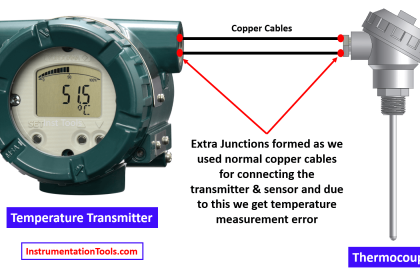
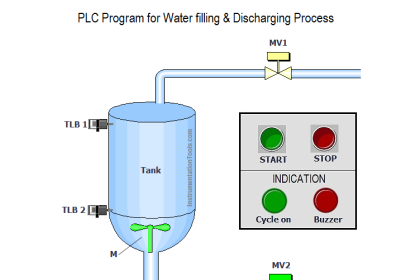
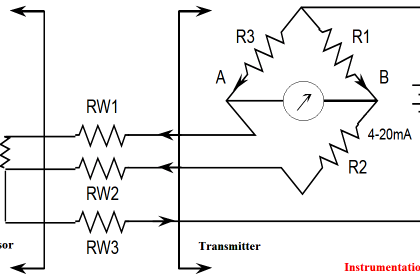
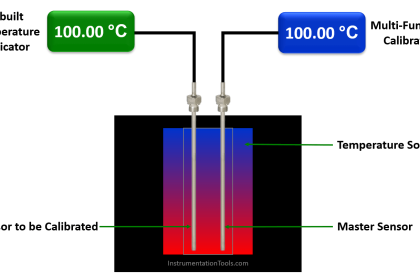



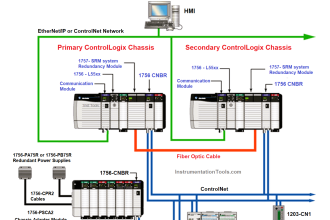
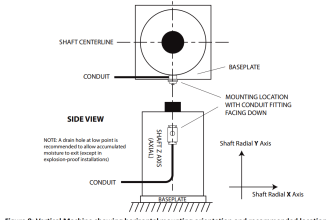
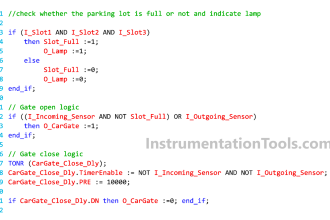

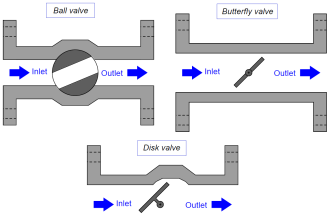
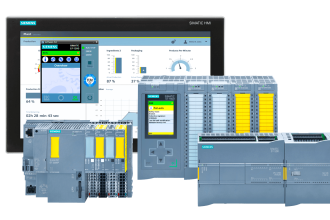


Normally PT100 rules the power/water industry
Can you pl give some application where 1000ohm and 2000ohm RTDs are normally used?
Sir I am E.royan frank ,Iam Intending to start a coaching class for instrumentation .I need your permission to use your article as training materials.
Thanking you
E.Royan frank .
7433036622